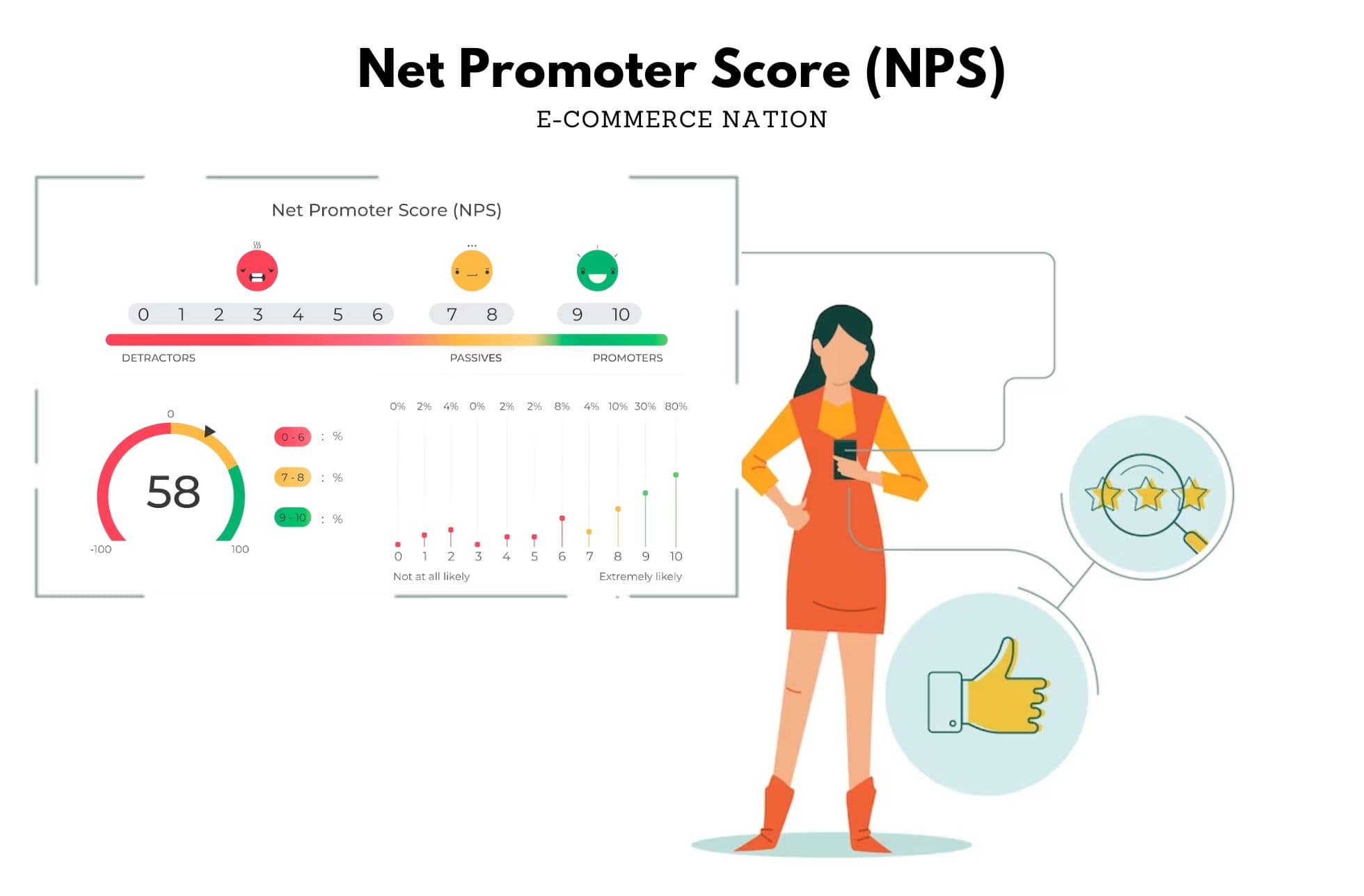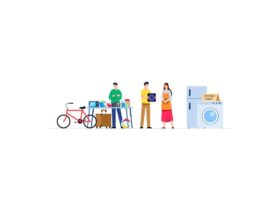The ideal approach to most marketing challenges is to solve the most problems with the least amount of new software solutions. Applying this principle to cart abandonment, what’s needed is a single marketing multi-tool, which can resolve many of the causes of cart abandonment, such as lack of customer engagement, price-shopping, friction points in the funnel, and other miscellaneous disruptions to the checkout process, as well as recover lost sales.
How to Reduce Cart Abandonment with Customer Experience Personalization
SaaS personalization solutions are exactly such a multi-purpose tool; they allow to you gain detailed analytics and data on the minutiae of visitor interactions with the site, and take a variety of dynamic, automated marketing actions based on that data. For e-commerce marketers looking to reduce cart abandonment, there has never been a more versatile solution for increasing engagement, gathering customer data, deploying exit popups, sending precision re-marketing emails, and re-capturing as many lost sales as possible.
Fighting Abandonment Before It Begins
One of the major questions for how to reduce cart abandonment is actually how to improve engagement. The better a customer’s experience of your site is, and the less time they have to spend sifting through products that are irrelevant for them, the less likely they will be to feel fatigued or annoyed at the end of the funnel.
Conversely, the more engaging their experience is, the less uncertain they will feel about buying. Producing this type of heightened engagement and relevance is the textbook definition and purpose of personalization; when done well, relevant ads, recommendations, promotions, and content will reduce cart abandonment, from the moment a customer lands on your site.
Analyze and Discover Why
No doubt you’ve already begun the process of examining your site’s analytics, to see where customers are leaving your funnel the most. With personalized A/B or Multivariate Testing, you can take it to the next level, and more easily create changes to your site to test your hypotheses about how to reduce abandonment.
This is another area where you could try to use another, third-party platform just for A/B testing, or you can simply use a personalization engine with built-in A/B testing to create different personalized versions of your pages, gain deep analytical understanding of what your friction points are, and empirically validate your solutions, with less steps (and time, and platforms) involved.
Dynamic Exit Popups to Give That Extra Push
Exit intent technology is a fantastic tool for making a customer an offer they can’t refuse, just as they’re trying to leave your site. In many cases, this can be the deciding factor in whether they bounce, or follow through with the purchase. Many exit-intent popup solutions exist out there, but why deal with yet another platform, when you can simply get this vital function from your personalization engine?
Furthermore, with personalized exit popups, you can include custom recommendations or even the customer’s name, for a more personal, relevant, and appealing offer.
ReMarketing with a Personal Touch
Email remarketing is the standard approach to reducing cart abandonment, but how effective it is depends largely on how interesting your emails are to customers. Just as with site experience, personalization consistently improves email performance, as well.
Receiving an email with content and recommendations that shows you know and care about a customer’s business can go a long way to recovering a lost sale, and embedded personalized recommendations can simultaneously cross-sell or give them ideas for an alternative to what they decided not to purchase.
For example:
How an Electronics Store Obliterates Cart Abandonment with Personalization
After personalization is implemented, a customer begins browsing the site. From the moment they land, using referral segmentation, the personalization engine keeps a ranked set of interests, which is updated with every click, and displays recommendations using this customer intelligence. This also ensures that every promotion embedded in the pages is relevant to their interests.
When the user tries to exit, a pop-up with a countdown appears, for temporary free-shipping, if he buys within the next 15 minutes. The customer decides to take this offer, but empties their cart of all the accessories, purchasing only the tablet.
Three days later, the customer receives a personalized email with a list of the accessories they removed before, with a discount offer on these items, and an embedded recommendation widget, suggesting other items they might like to buy.
The result is that several items that were dumped from the cart are purchased, and one new item from the recommendations is also added and purchased.
This case represents a common pattern of successfully reduce cart abandonment using just one personalization solution.
Cart Abandonment is, unfortunately, a fact of life for many online retailers. But offering personalized customer experiences can help you reduce cart abandonment by offering the right product at the right time to the right customer. Combined with remarketing tactics, a great customer experience, and a fluid checkout process, you can definitely reduce cart abandonment rates for your online store.





